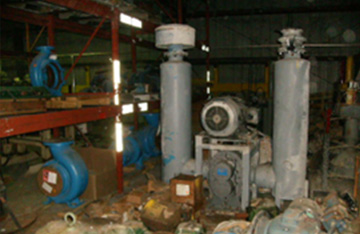
Plant Management
Are these common errors undermining your kitting process?

Michel Côté
Senior Reliability Consultant
Senior Reliability Consultant

A properly deployed kitting process easily returns more than it costs by:
But often, what we find is that the kitting process fails and leads to a buildup of kits that gather dust, or parts and materials left abandoned in the designated area.


Another very common problem is when the planner requests to prepare a large number of kits that are included in the "Ready to Execute" work backlog list. However, these jobs remain in the work backlog for months (or even years) in some of the companies we visited, which inevitably leads to chaos in the kitting zone, as well as a loss of efficiency and credibility in the scheduling and planning process.
It is important to note that most industrial plants typically reorder parts automatically, without considering whether or not the maintenance work will be executed: this can lead to excess inventory if the kits are eventually returned to the store for the items to be restocked.
Here are some important items to consider for the deployment of a kitting process:


